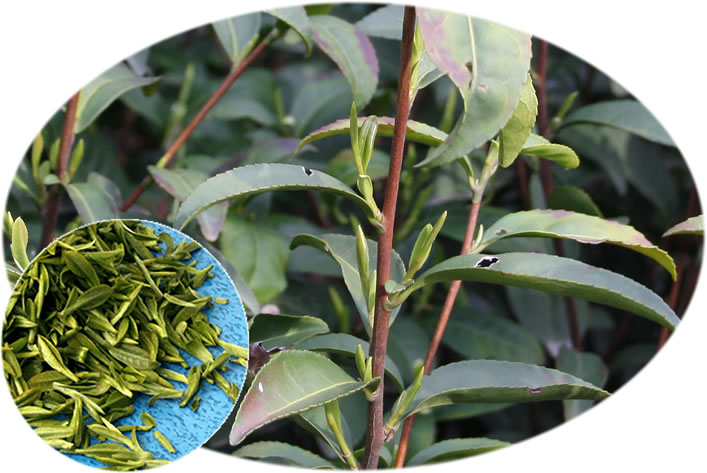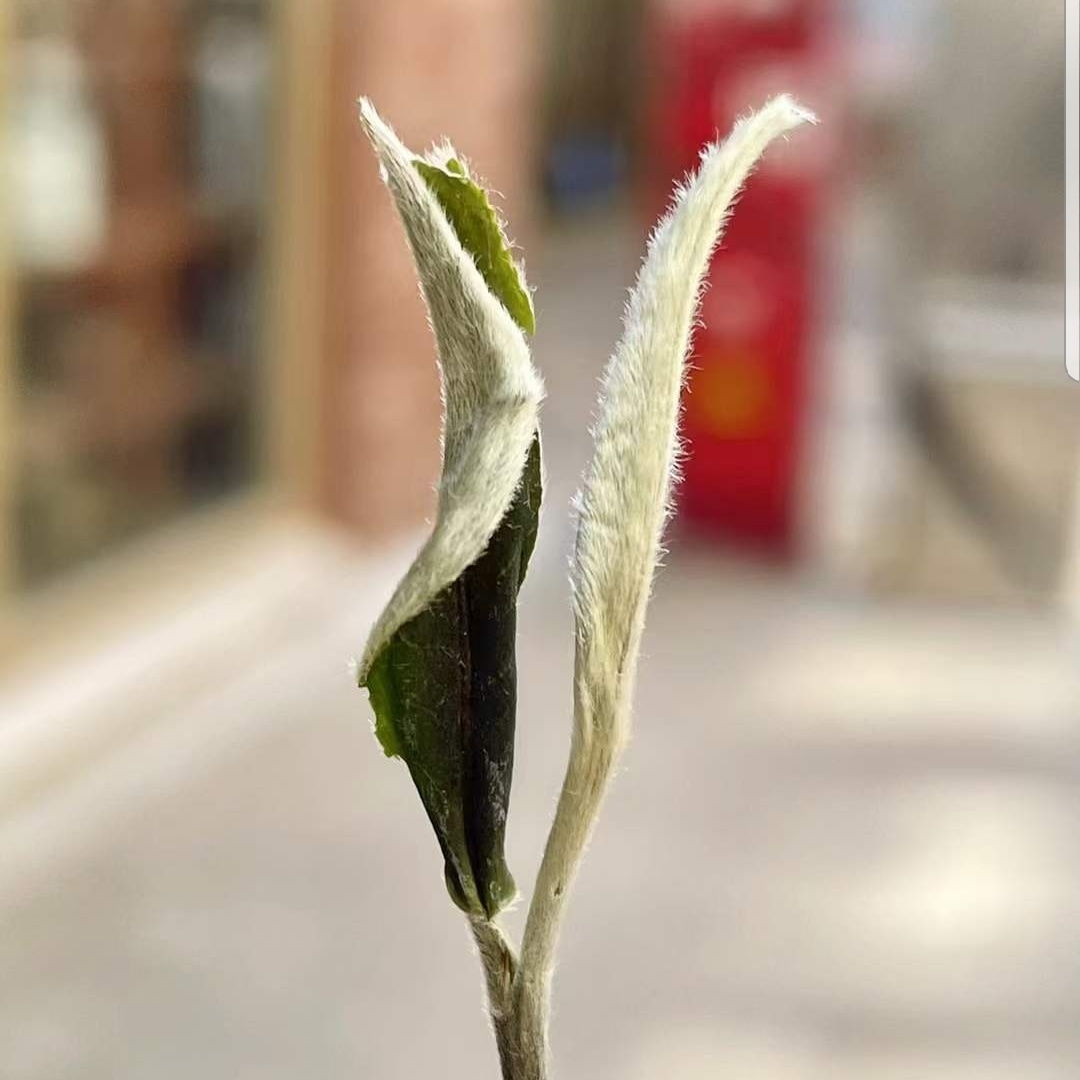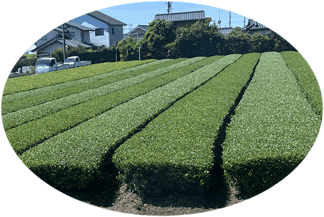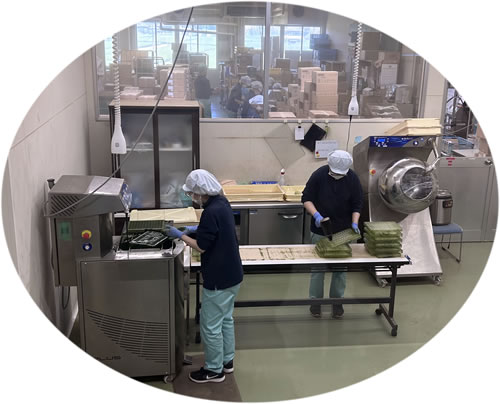Green teas handmade vs machine-made
Green teas have been traditional hand made in China and Japan for millenniums. It is labor intensive and inevitably keeping the tea prices up.
I have recently visited a green tea planation and its factory in the Makinohara region of Japan. Upon reflection I realize that the teas, at least certain premium teas, are among the products that an ‘industrialization’ is not as straight forward.
Plucking requirements of premium teas
Premium teas, especially the green teas, white teas and yellow teas have very strict plucking requirements to ensure their quality grades. For example: The premium Bi Luo Chun uses exclusively the new buds;

The premium Silver Needle white tea uses only the pre-opened up ‘needle shape’ tip leaves; The premium Bai Mu Dan uses only the bud leaves plus 1-2 leaves below and everything else goes into the Shou Mei. (Note, there are of course many other factors played in a tea’s quality grade, such as harvesting time, location of the plantation and processing skills etc)

A semi-industrialized tea planation
The following image is classic machine operated planation in the Makinohara region of Japan. The ‘hair cut’ looks very neat. The truth is that when using a cutting machine to harvest, it is impossible to be selective with the leaves. It cuts whatever gets into the way if the blades, young leaves and the others too. The product is therefore a mixture of various grades of tea leaves.

When I discussed this with the worker at the plantation, she acknowledged that she never tasted a hand plucked Matcha produced there. Reason given – too expensive. (All Match produced here are harvested and processed by machines as illustrated by the image.)

Conclusion
Teas are still largely harvested and processed by hands in China. This is not to say machines such driers are not used. The process is labor intensive and hard to carry out in an industrial scale. The tug-of-war between the quality and price will continue. One day the revolution may come with the fast-developing AI. For the time being, there is a price tag against the premium hand made green teas, such as Bi Luo Chun – takes 60,000 to 70,000 buds to produce 500g of the dry tea.
Note: The mature tea leaves have rather different flavor and brew texture profiles from the young leaves:
- Premium loose leaf green tea, Silver Needle white tea and yellow tea typically use tender tip leaves only;
- White Peony and Shou Mei white tea use the tip leaves and certain mature leaves, yielding tastes different from Silver Needle
- Oolong teas typically use tea leaves of certain maturity for their aromas
- Black teas use both tip leaves and mature leave depend on the varieties
- Compressed teas (eg Pu-erh tea and Hei Cha) use mixture of tip and mature leaves, some with certain amount of the twigs

 Most of the tea drinkers have more likely heard of ‘Jasmine tea’ than ‘jasmine green tea’. This is how it works.
Most of the tea drinkers have more likely heard of ‘Jasmine tea’ than ‘jasmine green tea’. This is how it works. For those who are new to
For those who are new to 